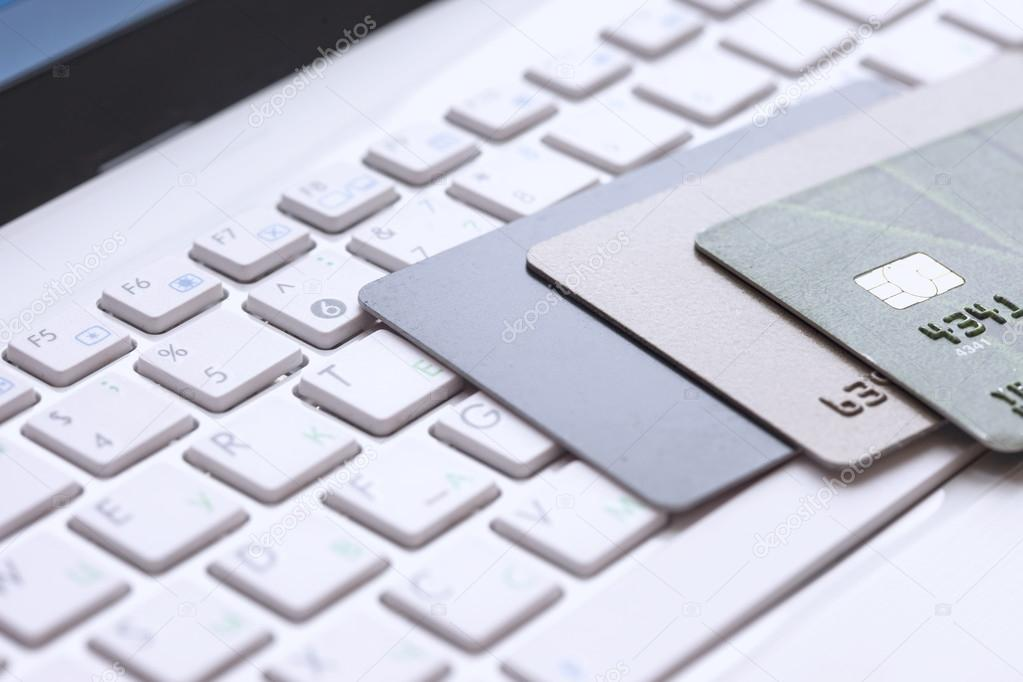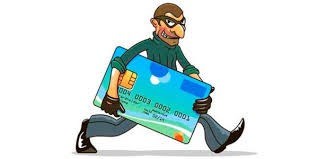Carding
Professional
- Messages
- 2,871
- Reaction score
- 2,391
- Points
- 113
Currently, the prosecutor's office noted that the owners of various cards this year should be especially careful and in no case fall for the tricks of the schemes and the scammers themselves. Let's figure out together what kind of carding options you can face, and how to correctly protect your own money.
What is carding?
Carding is a variety of fraudulent schemes involving payment cards that are not approved by the cardholders. It should be noted that this type of fraud includes a variety of fraud options.
At the moment, there are several main directions of fraudsters' actions:
1. Illegal receipt of a bank card or simply theft is either the usual pressure on the cardholder himself, or the search for weak points in a banking product. This makes it much easier for fraudsters to use the card for their own purposes.
2. Recognition of card data in order to then make a forgery. To begin with, we will talk about stealing a pin code or copying data. In this case, we are talking about the time when the mass transfer of cards to chips was widespread. At the moment, such schemes are not so common, the fact is that in our country a few years ago they simply imposed bans on the issuance of other non-chip cards.
3. Also, data can compromise, for this they use payment for purchases or services on the Internet.
What is the ultimate goal of the criminal in these cases?
He needs to get access to funds. To achieve this goal, scammers decide to invent rather cunning schemes. They often enjoy the trust of citizens, as well as their carelessness and forgetfulness. Phishing is also a popular way to fool the card client.
The presence of viruses
In this case, fraudsters decide to implement a special program into their electronic device (it can be either a phone or a computer), with which you can read your card data. Such variants of viruses may well transmit information in a special way that the cardholder entered into the browser.
These can be passwords from bank cards, social networks, e-wallets, as well as passwords from special sites and more. It is also worth noting that a virus can get on a computer by accident. The owner can simply download some unlicensed program. This will be enough to launch the virus.
If you do not want to succumb to panic and deception, it will be important to update your antivirus programs in time and use only licensed versions of the programs.
How to properly protect yourself from carding?
Among the fraud schemes, you can often find:
1. These include the use of card details to then simply access the rest of the products. It can be RBS or online lending. There, information about the card, as well as recent transactions and various confirmation codes, as well as passport data - all this is sufficient information in order to change passwords in the bank or perform other manipulations with accounts.
2. Attackers can steal funds from contactless cards. This scheme has now made a lot of noise about nothing a few years ago, but no significant losses have been recorded. It is unlikely that there will be any problems in the future.
It is worth noting that after a certain time you may notice that the schemes for deception can only be improved. Of course, banks are fighting against intruders. But this is not enough, the cardholders themselves must learn to take precautions.
1. Keep the PIN-code, as well as all the data for entering the bank in a safe place, preferably using your own memory for this purpose.
2. In no case tell other people your card details, as well as one-time SMS passwords to confirm transactions.
3. Be sure to be careful when shopping online. Use only trusted sites. Please note that low-priced products should alert you rather than grab your attention.
Fake ATMs
In some cases, most fraudsters create so-called fake ATMs and leave them where there is no security. Such ATMs completely copy the usual ones. Usually the victim inserts the card, then the person tries to do some action, but the ATM gives an error. The person is trying to take the card, but all the information from it has already been read.
Not only those who use a conventional ATM, but also those who like to make payments with a card, fall for the bait of attackers. It can be a store or a restaurant. Choose ATM machines in rooms with video surveillance. Scammers will not pass! If the funds could not be protected in any way, contact the police or the bank, but only urgently.
What is carding?
Carding is a variety of fraudulent schemes involving payment cards that are not approved by the cardholders. It should be noted that this type of fraud includes a variety of fraud options.
At the moment, there are several main directions of fraudsters' actions:
1. Illegal receipt of a bank card or simply theft is either the usual pressure on the cardholder himself, or the search for weak points in a banking product. This makes it much easier for fraudsters to use the card for their own purposes.
2. Recognition of card data in order to then make a forgery. To begin with, we will talk about stealing a pin code or copying data. In this case, we are talking about the time when the mass transfer of cards to chips was widespread. At the moment, such schemes are not so common, the fact is that in our country a few years ago they simply imposed bans on the issuance of other non-chip cards.
3. Also, data can compromise, for this they use payment for purchases or services on the Internet.
What is the ultimate goal of the criminal in these cases?
He needs to get access to funds. To achieve this goal, scammers decide to invent rather cunning schemes. They often enjoy the trust of citizens, as well as their carelessness and forgetfulness. Phishing is also a popular way to fool the card client.
The presence of viruses
In this case, fraudsters decide to implement a special program into their electronic device (it can be either a phone or a computer), with which you can read your card data. Such variants of viruses may well transmit information in a special way that the cardholder entered into the browser.
These can be passwords from bank cards, social networks, e-wallets, as well as passwords from special sites and more. It is also worth noting that a virus can get on a computer by accident. The owner can simply download some unlicensed program. This will be enough to launch the virus.
If you do not want to succumb to panic and deception, it will be important to update your antivirus programs in time and use only licensed versions of the programs.
How to properly protect yourself from carding?
Among the fraud schemes, you can often find:
1. These include the use of card details to then simply access the rest of the products. It can be RBS or online lending. There, information about the card, as well as recent transactions and various confirmation codes, as well as passport data - all this is sufficient information in order to change passwords in the bank or perform other manipulations with accounts.
2. Attackers can steal funds from contactless cards. This scheme has now made a lot of noise about nothing a few years ago, but no significant losses have been recorded. It is unlikely that there will be any problems in the future.
It is worth noting that after a certain time you may notice that the schemes for deception can only be improved. Of course, banks are fighting against intruders. But this is not enough, the cardholders themselves must learn to take precautions.
1. Keep the PIN-code, as well as all the data for entering the bank in a safe place, preferably using your own memory for this purpose.
2. In no case tell other people your card details, as well as one-time SMS passwords to confirm transactions.
3. Be sure to be careful when shopping online. Use only trusted sites. Please note that low-priced products should alert you rather than grab your attention.
Fake ATMs
In some cases, most fraudsters create so-called fake ATMs and leave them where there is no security. Such ATMs completely copy the usual ones. Usually the victim inserts the card, then the person tries to do some action, but the ATM gives an error. The person is trying to take the card, but all the information from it has already been read.
Not only those who use a conventional ATM, but also those who like to make payments with a card, fall for the bait of attackers. It can be a store or a restaurant. Choose ATM machines in rooms with video surveillance. Scammers will not pass! If the funds could not be protected in any way, contact the police or the bank, but only urgently.



